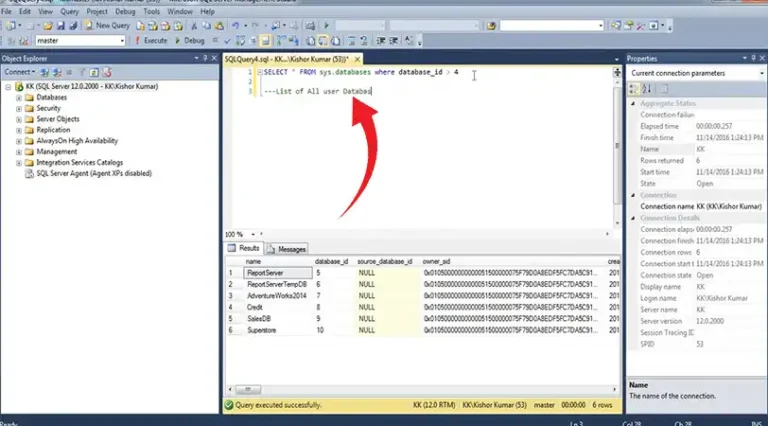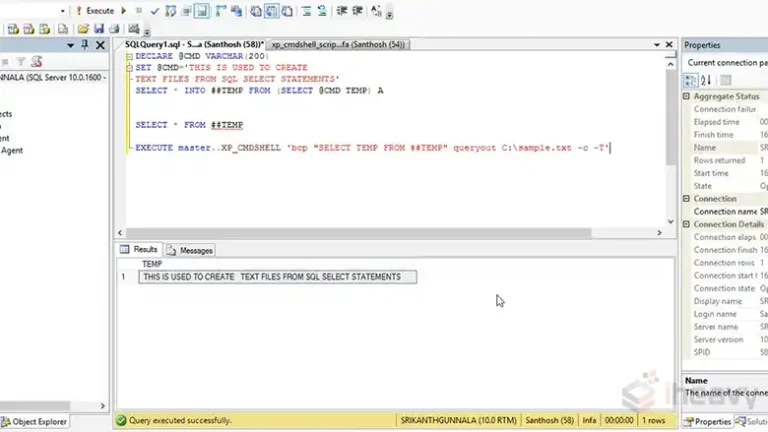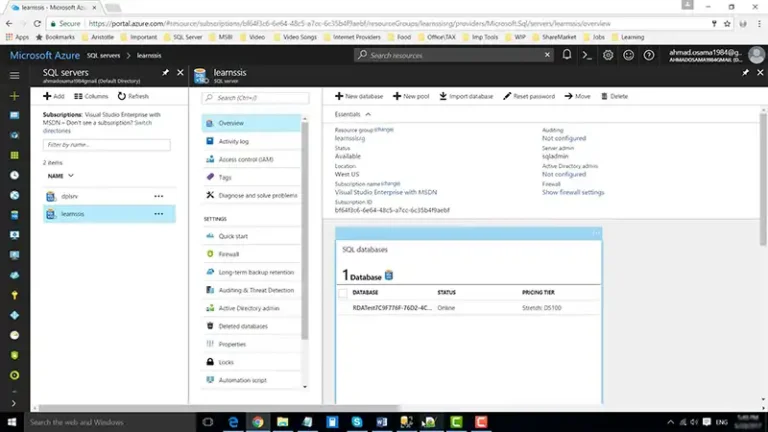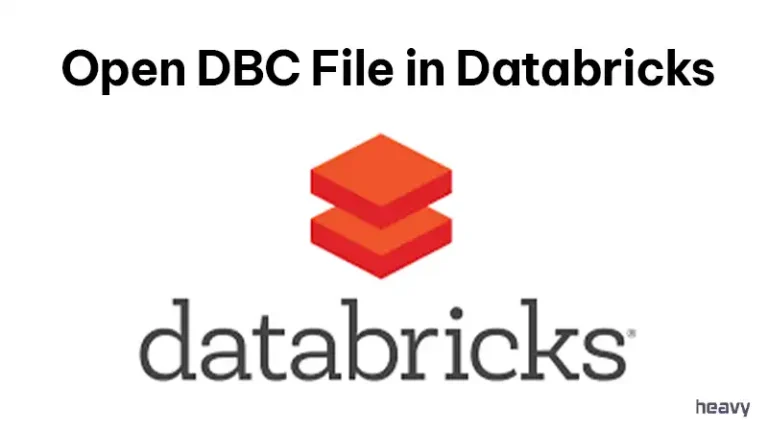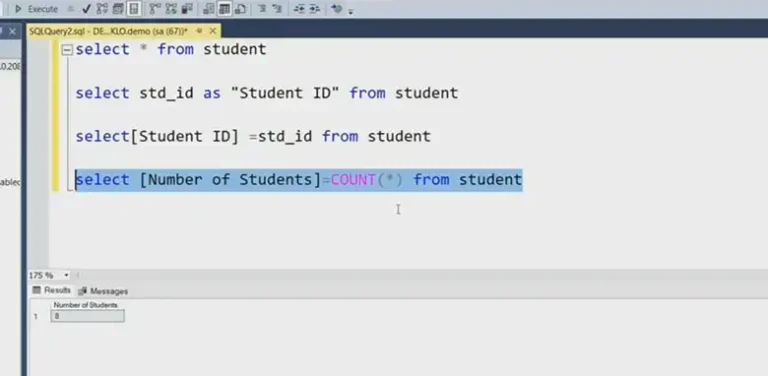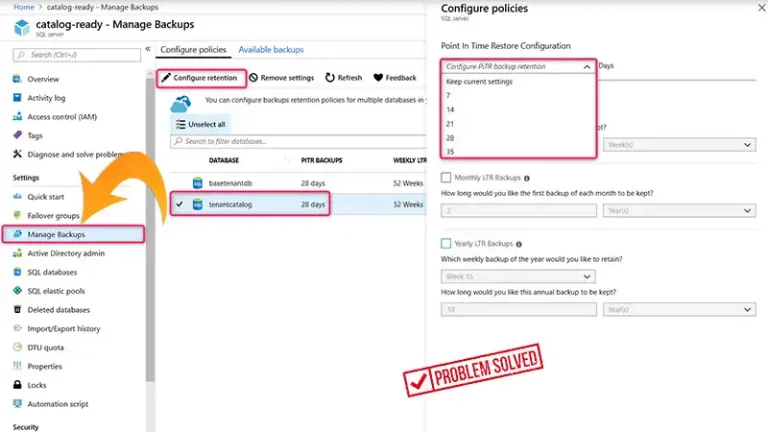3 Simple Patterns for Tighter MySQL Code
SQL is derided by many and for good reason. It’s key to scalability yet terribly difficult to write good code.
You can write tighter queries in MySQL easily by following 3 simple tricks –
SUBQUERIES, UNION, and PAGING.
In this article, we will explain all these patterns to write MySQL codes more efficiently.
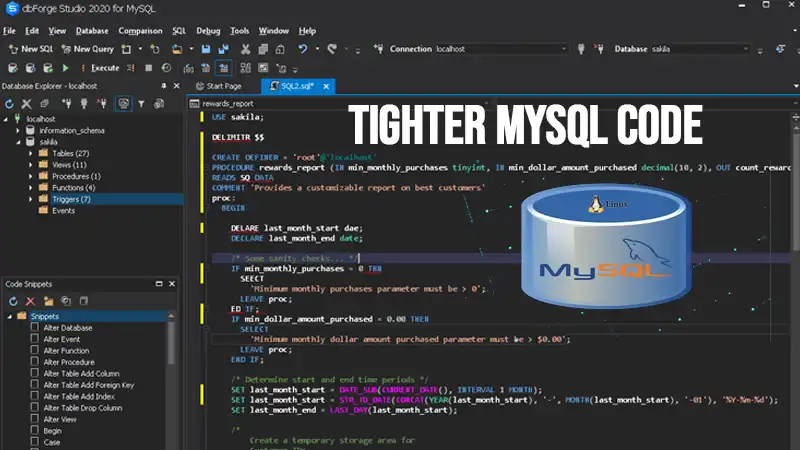
3 Best and Simple Ways for Tighter MySQL Code
Here are a few quick tips to write tighter queries in MySQL:
1. Get Rid of Those Subqueries!
Subqueries are a standard part of SQL, unfortunately, MySQL doesn’t handle them very well. Luckily there’s a sweet rewrite that can put you in the fast lane. Here’s how to speed up a MySQL subquery by rewriting as a join.
Note that another compelling reason to upgrade to MySQL 5.6 is that this tweak has been rolled into the optimizer. Hoorah!
Also: 5 Things Deadly to Scalability.
2. Repair Those UNIONs
If your code uses the UNION constructs in SQL, there are a few different ways to tune those queries. You can use UNION ALL or pushdown conditions can help you optimize UNION in MySQL.
Read this: MySQL DBA Hiring Guide for candidates, managers & recruiters
3. Better PAGING Through Datasets
Does your web application display pages of users, pages of orders or pages of items? If you’re using
LIMIT and OFFSET there are 3 good ways to optimize these in MySQL.
Frequently Asked Questions (FAQs)
What Are the Three 3 Main Category of Data Types in MySQL?
There are various categories of SQL data types that are supported by MySQL, which include numeric types, date and time types, string types (both character and byte), spatial types, and JSON data type.
How To Check Last 3 Characters In MySQL?
To sort the data in your table by the last three characters of a specific column, use the following query: SELECT * FROM yourTableName ORDER BY RIGHT (yourColumnName,3) followed by either ASC or DESC to set the ascending or descending order.
How To Shrink Database in MySQL?
To shrink database in MySQL, you can either delete the database completely, then drop it, and reload it. Or you can change the storage engine and then revert to the previous configuration. This will recreate the table and indexes from the start and reclaim any unused disk space.
Conclusion
All the 3 patterns to write tighter code for MySQL are described above and we hope now you can writer better MySQL codes after following the instructions from this guide. For further queries, keep your eye on our website and leave a comment below. Thanks for reading!
